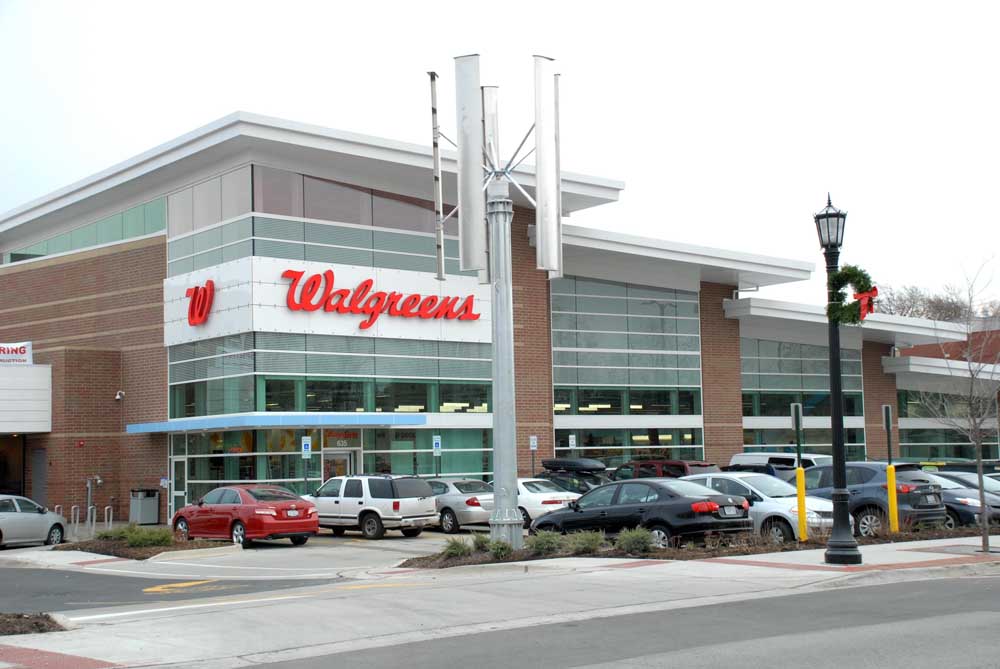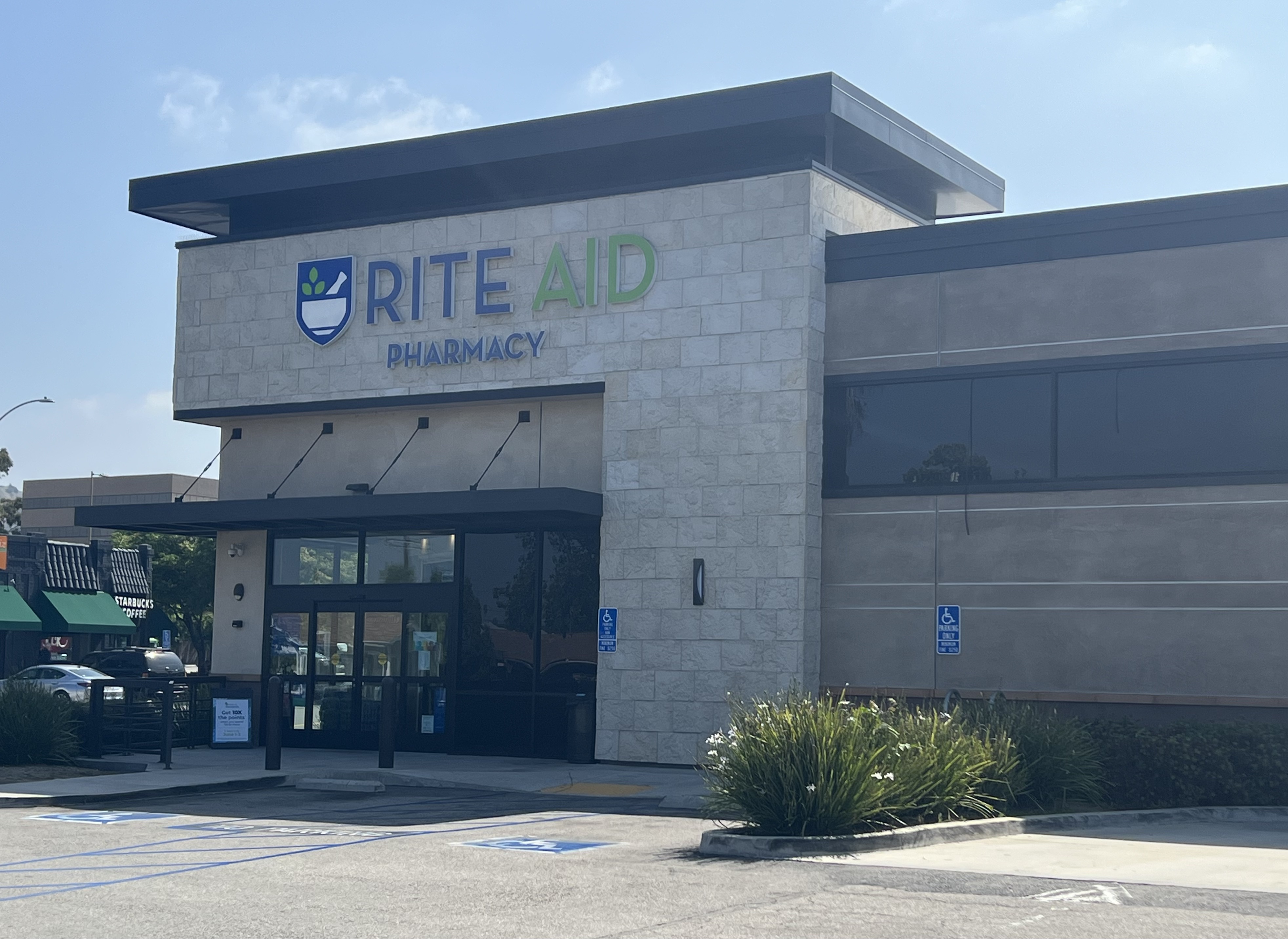Drugstores are evolving, like the rest of retail
Published 12:00 am Friday, August 9, 2019

- Walgreens announced Wednesday, Aug. 7, 2019, that it would close 200 stores, although it did not identify the locations to close. CVS has reduced the number of stores it opens annually. Like the rest of retail, drugstores must evolve as consumers habits change. (TNS)
CHICAGO — Changing consumer habits have emptied malls, sent department stores into bankruptcy and transformed grocery stores.
Now it’s the drugstore’s turn.
On Tuesday, Walgreens disclosed it will close 200 U.S. stores. On Wednesday, CVS Health said it will slow the pace at which it opens new locations.
For pharmacies, which also face pressures related to reimbursements for medication, getting customers to come in once a month for a prescription refill, or for an occasional gallon of milk or bottle of shampoo isn’t enough. Walgreens and CVS are both trying to give customers more reasons to visit their stores by offering more health services and better merchandise.
“One of the reasons why they’re closing stores right now is to better position themselves for the future,” said Brian Owens, a senior vice president of retail insight at consulting firm Kantar.
In the past, dispensing medications was the focus, and now drugstores are shifting to make the consumer the focus, he said. “The store has to work differently for them than it did in the past,” he said.
Walgreens will begin its 200 store closings this fall. It has not identified which locations will close. The news comes just months after Walgreens said it would aim to cut $1.5 billion in annual costs by 2022.
Meanwhile, CVS Health Executive Vice President Kevin Hourican said in an earnings call Wednesday that CVS plans to open 100 stores this year and 50 next year, down from about 300 new stores a year a few years ago. CVS announced in May that it had decided to close 46 underperforming stores.
CVS, which acquired health insurer Aetna in November, plans to turn 1,500 of its stores into so-called HealthHUBs, in which a significant portion of the store is dedicated to health services and products, such as nutritional counseling and equipment for sleep apnea.
When customers are coming to pharmacies for health care services rather than candy bars and greeting cards, CVS doesn’t have to rely as much on convenience and might not need as many stores, said Mickey Chadha, a Moody’s analyst who covers CVS.
Helping customers manage chronic health issues and seek preventive care should also help the company control health care costs, he said.
Walgreens has partnered with LabCorp to collect samples in stores from consumers for lab testing. It also recently announced that it’s expanding its work with health insurer Humana to open additional senior-focused health centers inside Walgreens stores.
Retail pharmacies like Walgreens are also seeing an increasing number of Medicare patients, but pharmacies don’t tend to make a lot of money off reimbursements for medications from Medicare, said Soo Romanoff, a health care equity analyst at Morningstar.
The key, for a store like Walgreens, is making sure the stores can offer more than prescriptions to that group, she said.
Meanwhile, competition from Amazon and other bricks-and-mortar retailers has slowed sales of drugstores’ other merchandise, like personal care products, household goods, and food items, analysts said.
Even when it comes to products like cosmetics that have been drugstore staples, Walgreens, CVS and other chain stores are competing against retailers that specialize in selling those items, like Ulta.
Both Walgreens and CVS are trying to do a better job catering to beauty shoppers.
At Walgreens, the partnership with beauty retailer Birchbox is part of a bigger push to strengthen its merchandise by teaming up with other retailers.
It’s also partnered with Kroger Co., and customers can order grocery items online and pick them up at some stores.
It’s still early days for those partnerships, but they should help Walgreens in the long run, said John Boylan, a senior equity analyst with Edward Jones.
“There’s always a role for humans, and the relationship with the pharmacist is always important,” Boylan said. “Walgreens will change but there are going to be a lot of things that do remain the same.”






